Testing the waters
More than 50 sites across Corby’s waterways were tested for heavy metals on Saturday in an attempt to find some answers in light of community concerns.
By Sarah Ward
Corby’s waterways were tested for heavy metals at the weekend by dozens of residents working with a national environmental charity and the town’s MP to get answers about contamination.
Local volunteers became citizen scientists as part of the mass testing of sections of the three brooks that run through the nearby villages and into the town before joining the River Nene at Elton in Cambridgeshire.
Heavy metals were present at almost each freshwater location tested and the samples have been sent away for analysis at the Imperial College London to find out exactly which metals were present and in what concentrations. A report will be published in January with the findings.
The testing is the first of its kind by national charity Earthwatch Europe, which is known for its mass mobilisation of communities to test the quality of their freshwater sources in the bi-annual WaterBlitz events.
The testing in Corby was in response to growing community concerns about the impact of toxic chemicals produced by the former steelworks and deposited in former quarry sites in the North of the town. Metals tested for include cadmium, zinc and copper.
Dr Sasha Woods, director of science and impact at Earthwatch Europe, was in charge of activities on the day, collecting the samples from the volunteers and logging them before sending off all the samples for scientific analysis.
She said:
“We’re really pleased to be working with the community in Corby on this important project. Earthwatch’s involvement offers the opportunity for the local community to investigate freshwater health and possible contaminants through robust citizen science. Whilst this project will not look at any potential effects on human health, we will support the community to use the report to improve their water quality if necessary.”
She added:
“Our citizen science metals testing kits have been used in Africa to examine the effects of artisanal gold mining on freshwater health. Our project in Corby gives us the opportunity to verify the methodology for use in a UK context. This has important implications for the whole country as it means that we may have a low-cost option to test for metals contamination right across the UK.”
Campaigners Maggie Mahon, Tracey Taylor and their husbands took part in the testing. The women, whose lives were both portrayed in Netflix drama Toxic Town are fighting for a public enquiry into how the toxic reclamation was handled and also to come up with how contaminated land in the town can be managed today.
They were part of a group that worked with solicitor Des Collins to prove their children’s birth defects were due to the reclamation of the toxic waste sites that happened in Corby during the 1980s and 1990s.
Tracey said:
“It is important that this has been done because we need to know whether there is heavy metal in the water and what the metals are. I think the next thing to do would be to test the soil.
“We would hope the Environment Agency and an independent agency, other than the council, then decide to clean it up, as this needs to be done properly.”
Adam Stanford tested sites in Weldon. Born with club feet, he was part of the original group of families but did not receive compensation. (His story is featured here in our special report).
He said:
“For a lot of us who were born with birth defects or health issues, the contamination has been covered up.
“The council is still trying to minimise the problem and refusing to say where the potentially contaminated sites are. I am keen to see what the results of the water testing will show.”
North Northamptonshire Council, which took over the running services in the town from Corby Borough Council in 2021, has said it will work with local families and has agreed with the group representing children with childhood cancer to set up a working group.
However the authority has refused to release where potentially contaminated sites are to Des Collins, who is working on behalf of families.
NN Journal’s involvement
NN Journal has been involved in this project since the beginning earlier this summer. In the aftermath of Toxic Town, which aired in February and following a by chance conversation with Josh Kubale from Earthwatch Europe, the charity offered to get involved and provide citizen science kits to help test the town’s waterways.
It is a UK first for the charity and Corby MP Lee Barron’s office offered to run the administration of the project. The MP has promised families that he will help them to get answers about what impact the steelwork’s reclamation is having on the town’s health today.
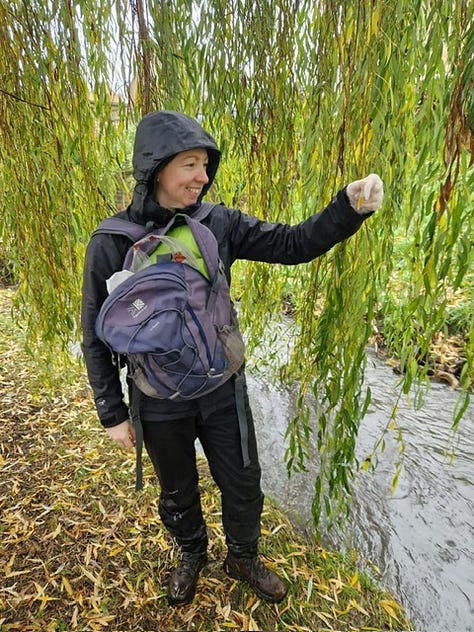
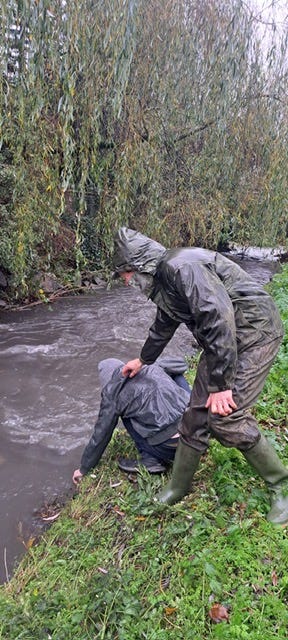
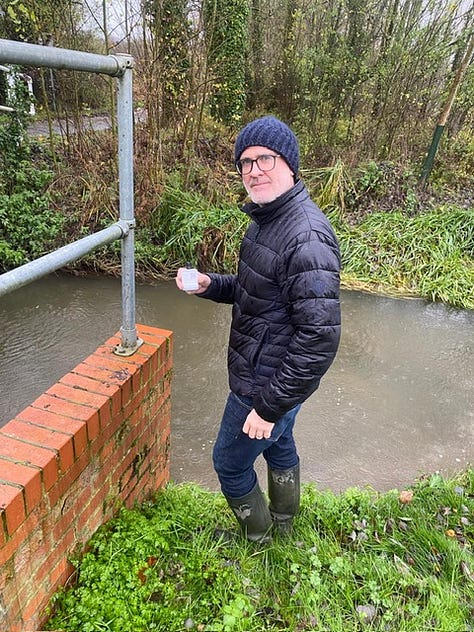
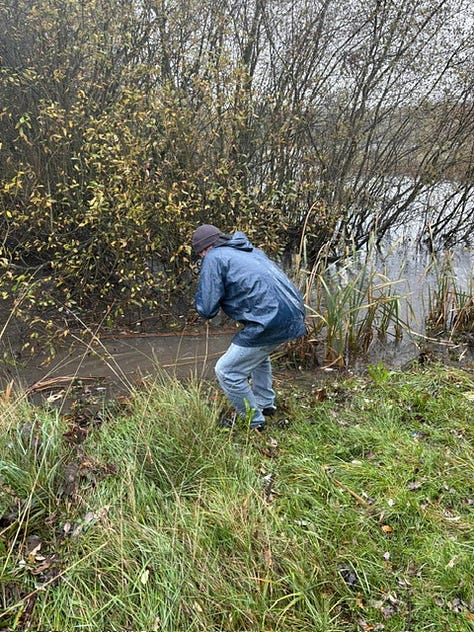

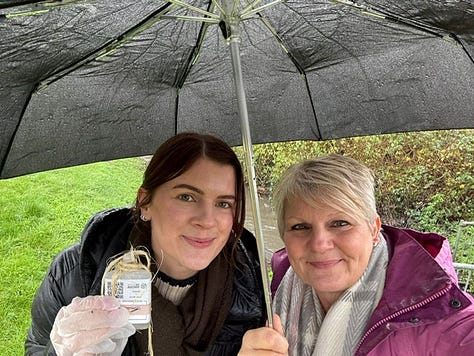
Together with the MP’s caseworker Ann Wallington, intern Merle Cooper-Wilson and former Corby town councillor Rob Newby, who has awareness of the freshwater around Gretton, I helped map out the waterways that lead into the town.
Harpers Brook (running from the Pipewell to the south west of Corby); a northern and southern stream of the Willowbrook and Gretton Brook (which originates in Gretton) all run through the town and close to the steelworks.
Our investigations from site visits found a number of freshwater locations in the town are inaccessible and behind fencing and large sections of the brooks have been culverted and run underground, popping up now and again in places such as Oakley Vale; on the Kingswood estate and along the industrial estates close to Gretton Brooke Road.
Sites were chosen due to accessibility and we divided the area into five parts, depending on how the brooks were located.
We tested upstream and downstream of the steelworks site in Weldon Road and also tested various sites in the nearby villages of Weldon, Deene and Deenethorpe, Stanion and Pipewell. In total 58 water spots were tested on the day by local volunteers.
They were allocated a testing site at random, navigated to the site via a GPS pin and then used the citizen science kits to collect water in a sample bottle. A quick check showed whether metals were present in the sample.

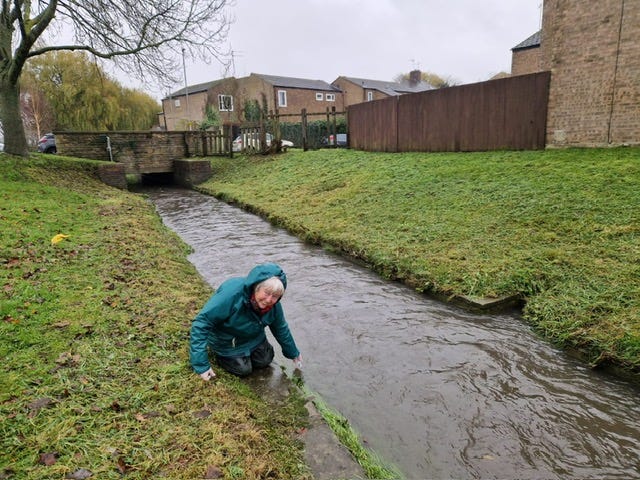
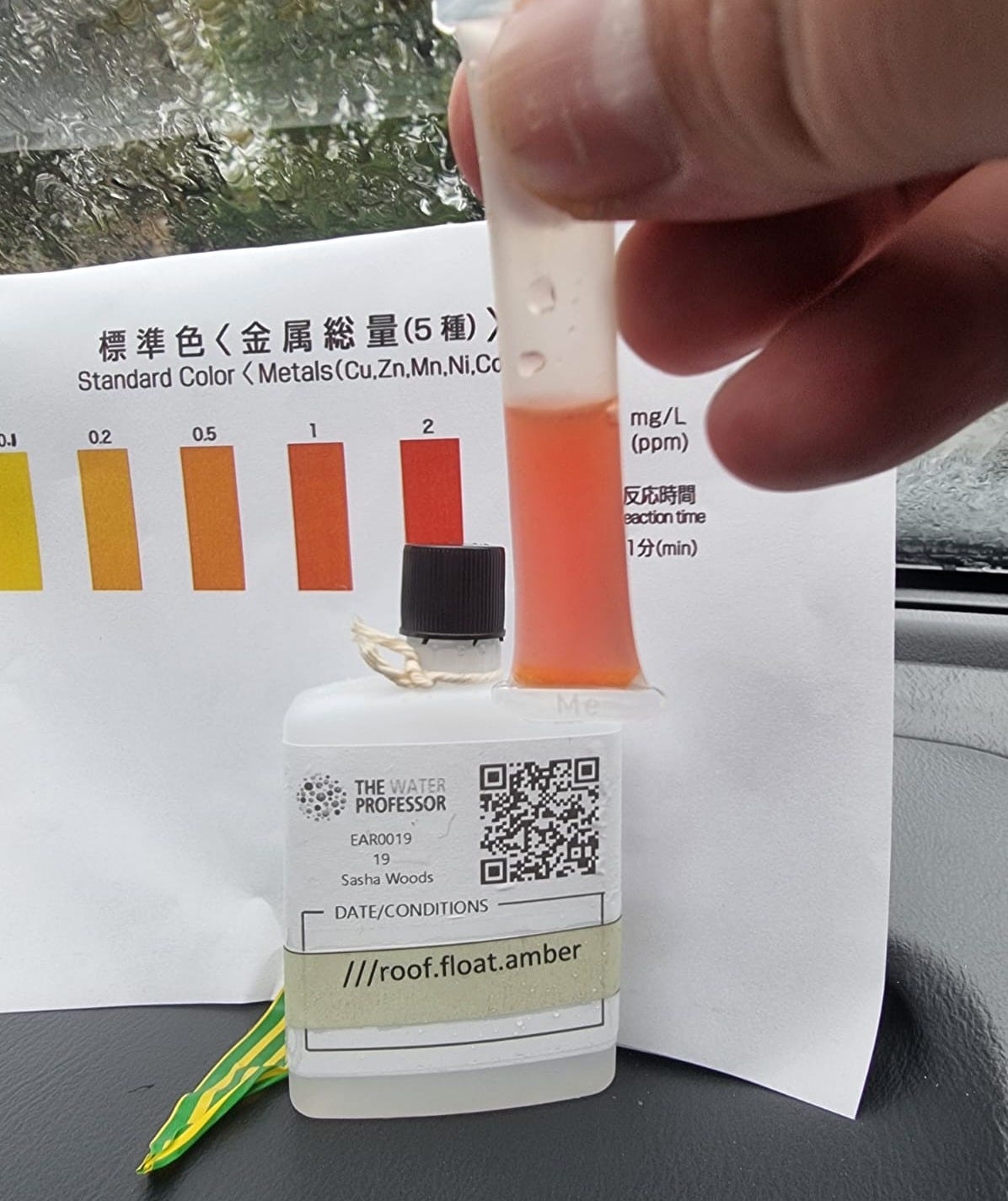
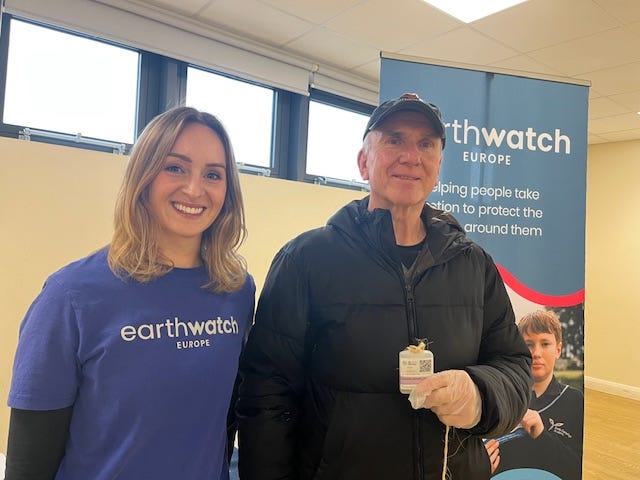
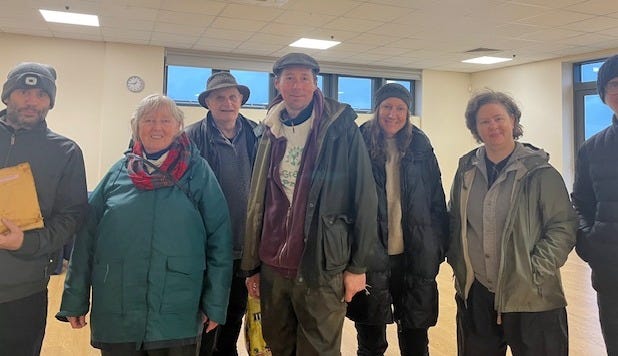

Massively off subject - the county is supposed to be getting these AI hubs. I've asked Rosie Wrighting several times, who is footing the electricity bill? In the US, Elon Musks AI hub doesn't pay the exorbitant energy costs, it's passed on to the tax payers, who are paying an extra 5%. It's in public interest to know and yet I've had nothing back